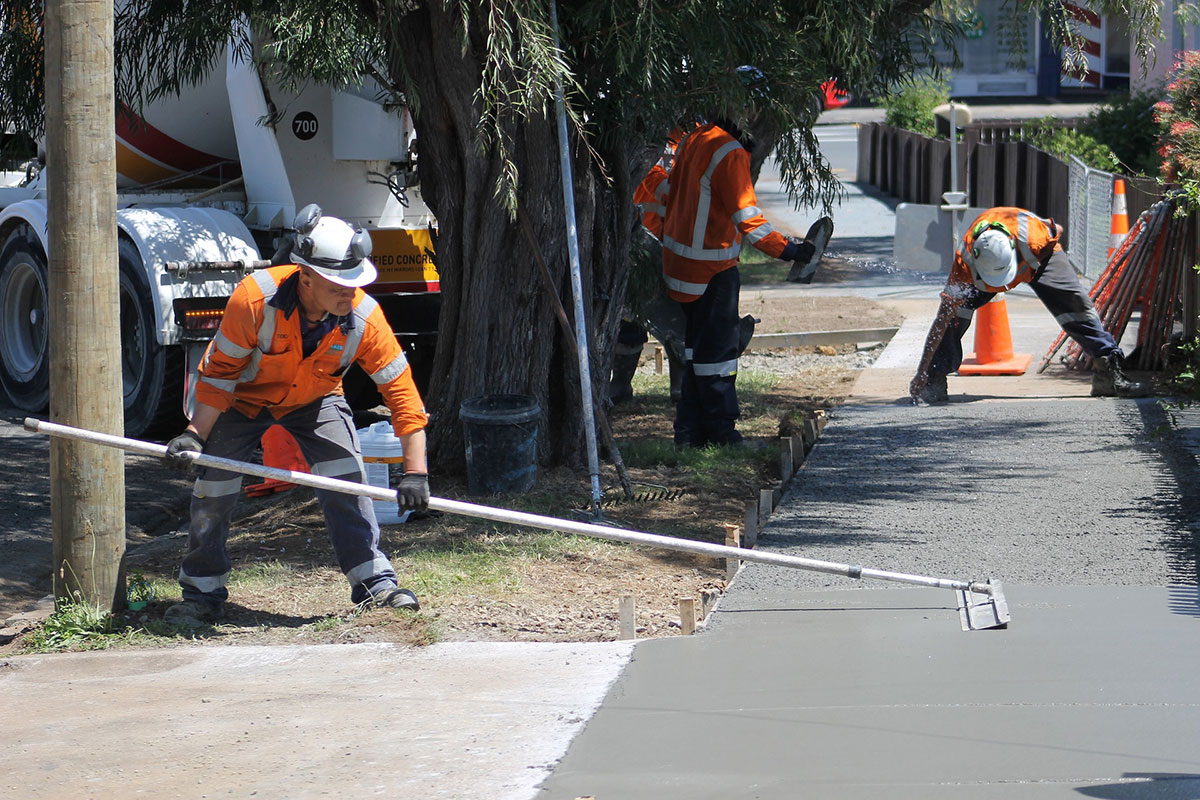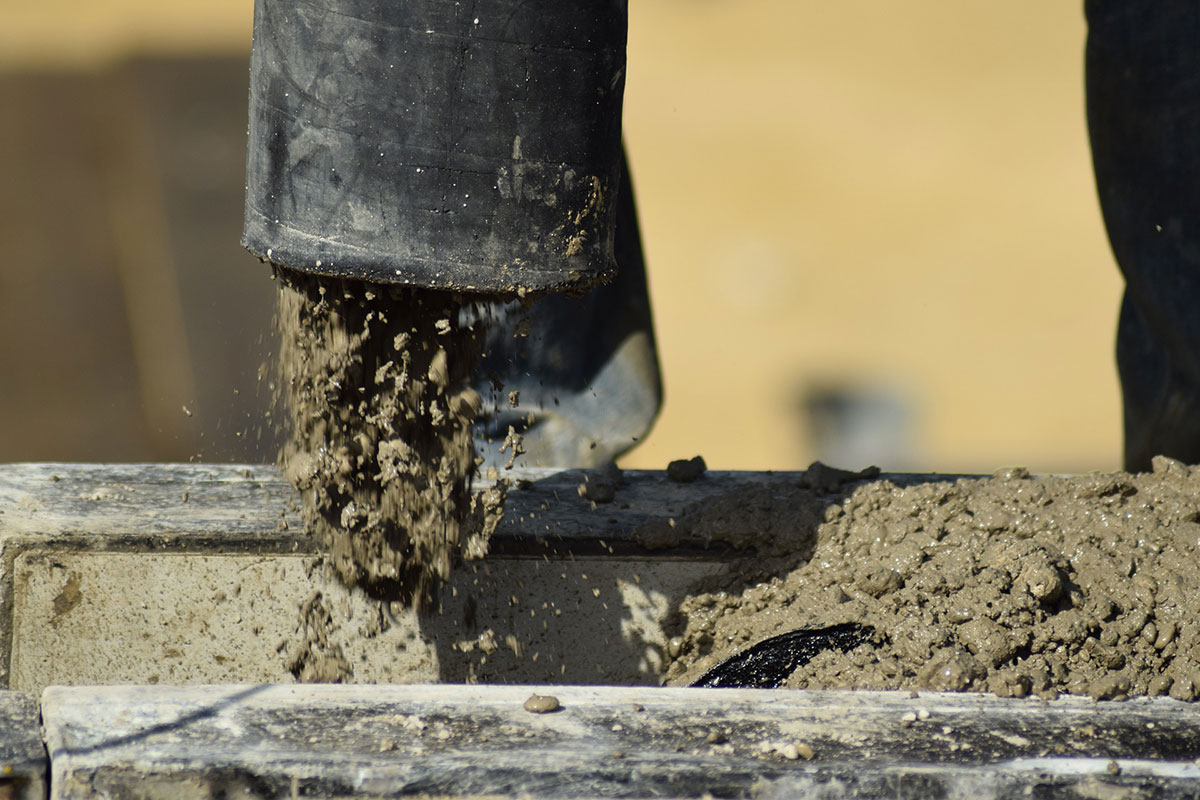Pervious concrete, also known as porous concrete, allows water to pass through. This is particularly suitable for flood prevention and allows water to be absorbed into the water table, instead of being lost in runoff. Permeable concretes are distinguished by their degree of permeability, which ranges from 120 to 700 litres of water per square metre.

Another significant property of pervious concrete is its lightness. Indeed, this type of concrete is approximately 65% lighter than conventional concrete. This lightness is due to the fact that the mix formed by this type of cement contains less sand and has a coarse aggregate grain size. However, as is to be expected, its compressive strength is lower than that of structural concretes, as it has voids in its composition or, in other words, high capillarity.

Pervious concrete is mainly used in large areas such as car parks, roads, sports grounds, greenhouses, housing estates, etc. Pervious concretes are therefore used for the construction of large areas. In this way, permeable concrete prevents flooding in these spaces, avoids damage to installations and guarantees their use during or immediately after heavy rainfall.
By Alberto López, Senior Structural Engineer at Amusement Logic’s Architecture Dept.






